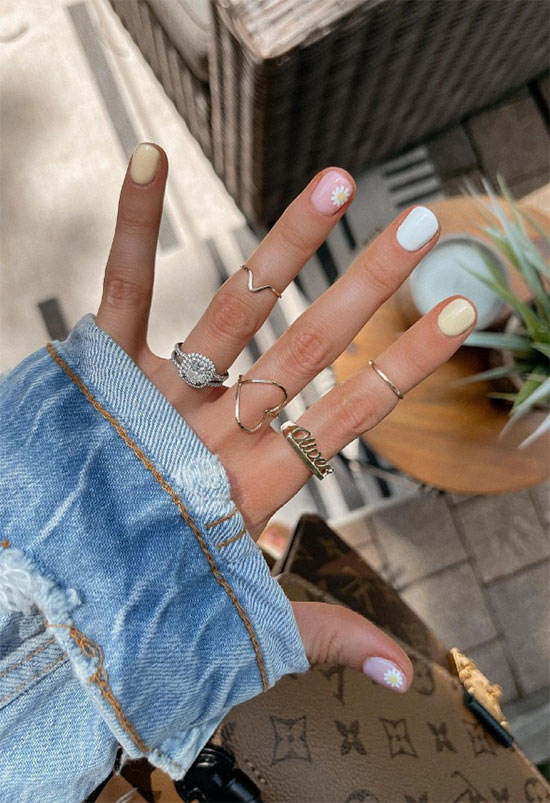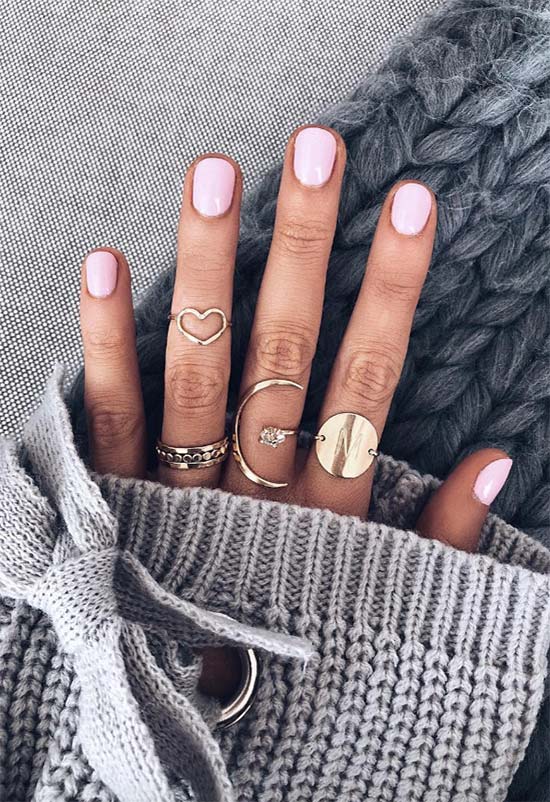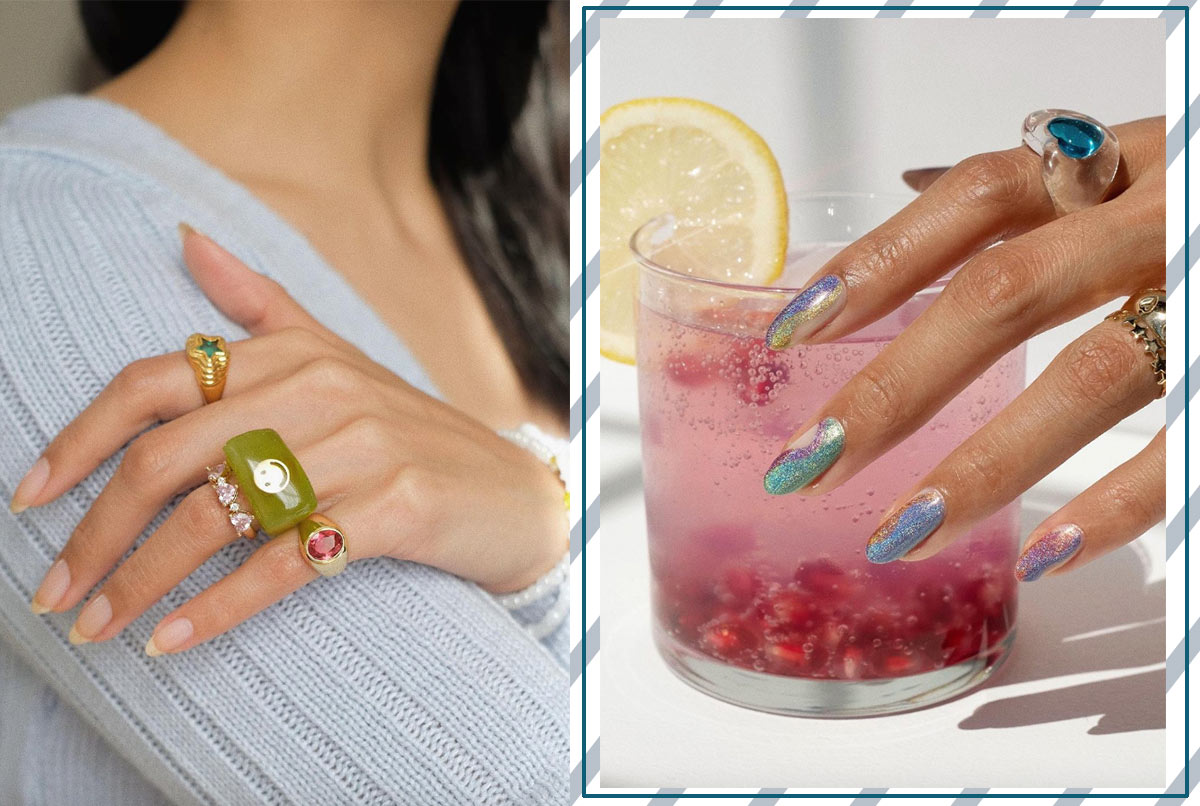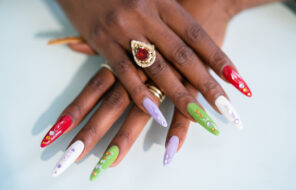Hangnails are a bother. They can hurt, they can get in the way of your daily activities, and (perhaps most maddening) you have to resist the urge to just rip them off, lest you do more damage to your hands.
So, what exactly are hangnails, and how can you get rid of them? We’ll explain that in detail in this article, so you can kiss ‘em goodbye and heal your fingers. We also give some background info on why they form, how you can prevent them in the first place, and when hangnails are a severe enough health issue that requires a doctor’s visit.
In this article:
- What Are Hangnails?
- What Are the Common Causes of Hangnails?
- How to Get Rid of Hangnails
- When to See a Doctor
- How to Prevent Hangnails
What Are Hangnails?
A hangnail is a small, loose piece of skin that hangs over the nail, although it can also refer to very small cuts around the nail bed that don’t necessarily overhang the nail. When the skin around the nails becomes dry, the skin gets more brittle and is more likely to tear.
Instead of coming off completely, however, a tiny part of the skin still remains attached near the base of the nail, but the rest of the strip is loose, where it can get caught on things and become a nuisance.
In other words, a hangnail is basically a small injury, and underneath it, you have what is essentially a cut that is at risk of getting infected. If your hangnail does get infected, you can end up with a very painful condition called paronychia, which may require seeing a doctor and taking antibiotics.
The process of taking care of hangnails is effectively basic first aid that’ll prevent infections or worsening hangnails, but with a few added steps to also help you keep your nails looking beautiful.
What Are the Common Causes of Hangnails?
Some people are more prone to hangnails than others, usually because of various lifestyle factors. Here are the most common causes of hangnails:
- Nail picking or biting
- Dry skin
- Frequent hand washing
- Exposure to harsh cleaning products
- Papercuts
- Harsh weather

How to Get Rid of Hangnails
If your hangnails are small and not overly painful, you can deal with them at home and help them heal. Before we get into everything you should do, just remember not to try to peel off your hangnail, as that can make the situation worse. Instead, do the following:
Wash Your Hands
First thing first, no matter what, it’s important that you wash your hands thoroughly with soap and water. A hangnail is basically a minor cut, so it’s essential to keep the area clean. After you’ve washed your hands, dry them thoroughly with a soft, clean towel. If your hangnail is a little painful or red, you can also soak your fingers in warm, salty water for a bit of relief.
Some sources also recommend moisturizing the hands after to further help soften the hangnail. This will be helpful if your hangnail is dry or tough but may not be necessary if it’s small and thin.
Trim the Hangnail
The traditional advice from various sources, including the American Academy of Dermatology, is to gently trim off the loose skin. We recommend using a very sharp pair of nail clippers or a professional cuticle cutter. Before using them, soak them in alcohol to disinfect. Be careful as you trim, and make sure not to cut so low that you expose the raw skin that’s below the hangnail.
Apply Antibacterial Ointment
Finally, after trimming the hangnail, apply an antibacterial ointment to the skin. The ointment will help prevent bacteria from proliferating, and it’ll also create a moisturizing, protective layer over the skin that will help it heal.
Wrap It up
If your hangnail was a little larger, and you have a lot of exposed raw skin, or if you now need to go and work with your hands, we highly recommend you wrap up your hangnail with a small, adhesive bandage. Band-Aid’s Water Block bandages are a particularly nice, flexible choice.
Try Surgical Glue
Recently, some doctors are starting to move away from the suggestion to trim hangnails. Instead, they suggest gluing the hangnail back down with surgical glue. Basically, after washing and drying your hands, you just need to add a drop of glue below the hangnail and then push it down.
This effectively helps seal and protect the open wound to prevent infection, and it doesn’t leave any loose skin that you’ll be tempted to tear away. It’ll help keep your skin sealed as it heals. By the time the liquid bandage wears away, your skin should be fully healed.

When to See a Doctor
In most cases, hangnails are a simple issue that can be treated with basic first aid at home. However, if your hangnail is infected, it’s important you see a doctor to receive proper treatment.
Here are the signs to look for that suggest that your hangnail is infected and needs medical care:
- The pain from your hangnail is very severe
- Your nail bed is red and swollen
- Your skin is bleeding or secreting puss
- If even mild pain or redness lasts for longer than a week
- If your skin won’t heal, even when you take care of it and take preventative measures
- If the infection seems to spread beyond just the small area around the hangnail
How to Prevent Hangnails
To prevent hangnails, you basically just need to follow a gentle hand care routine and avoid anything that may dry out or irritate the skin surrounding your nail bed. Here are the simple steps to that!
Moisturize Regularly
When our skin is moisturized, it’s a lot more resistant to damage. Since hangnails are often the result of dry skin, using a good quality hand cream on a regular basis goes a long way towards preventing them.
Make sure to apply hand cream after every time you wash your hands, and also apply a nice, thick layer at night before you go to bed. To really take things to the next level, pop on a pair of gloves over your hand cream at night to really seal all that moisture in.
Protect Your Hands When You Work
Anyone who works a lot with their hands is a lot more prone to experiencing dryness, cracked skin, and hangnails. If that’s the situation you’re in, try to wear gloves when you work. The kind of gloves you choose totally depends on your work: if you’re a hairstylist, reusable latex gloves may work best, while utility gloves are a better choice if you work in construction or mechanics.

Break Your Nail-Biting Habit
One of the most common causes of constant hangnails is nail picking or biting. Nail-biting is often a compulsive habit or a response to stress, so dealing with it is not as easy as just stopping. The TLC Foundation has some excellent resources for nail-biting.
Avoid Harsh Cleaning Products
From bleach-based house cleaners to strong, sulfate-based dish soaps, the stuff we use to clean our house can wreak havoc on our hands and our nails. There are two hangnail prevention options you can take.
First, you can just invest in a pair of gloves that you can wear while cleaning. This will protect your hands without forcing you to replace all of your cleaning products. The second option is to start purchasing gentle, hand-preserving products, like vinegar-based cleaning solutions and emollient-infused dishwashing soaps that are gentle on the hands.
Update Your Manicure Routine
We have some good news, and we have some bad news. The good news is that keeping your nails fabulously manicured will actually help you prevent hangnails! Regularly buffing your nails into a smooth shape will decrease the likelihood that you accidentally scratch your nail bed and create a hangnail. Using cuticle oils regularly will help nourish the skin around your nails to keep them strong and resistant.
The bad news is that you might want to replace your nail polish remover. Acetone nail polish removers are amazing at their job, but they can also seriously dry out the nails. The Soy Nail Polish Remover from ella+mila is a great, gentle option to try instead.
Photos via @overglowedit, Instagram





